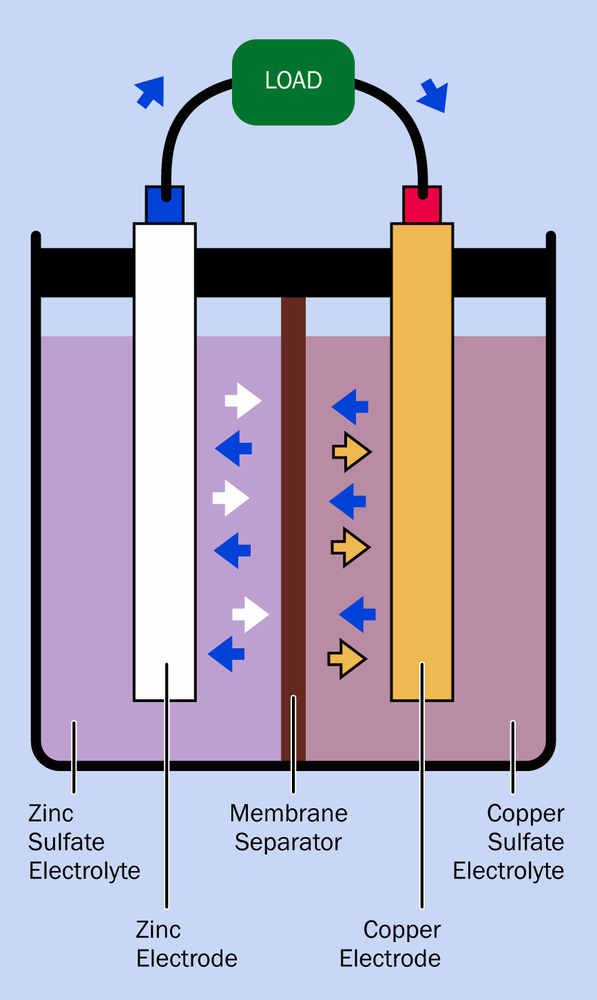Jumper

A jumper is a low-cost substitute for a switch, where a connection has to be made (or unmade) only a few times during the lifetime of a product. Typically it allows a function or feature on a circuit board to be set on a semipermanent basis, often at the time of manufacture. A DIP switch performs the same function more conveniently. There is no standardized schematic symbol to represent a jumper. How It Works A jumper is a very small rectangular plastic tab containing two (or sometimes more) metal sockets usually spaced either 0.1" or 2mm apart. The sockets are connected electrically inside the tab, so that when they are pushed over two (or more) pins that have been installed on a circuit board for this purpose, the jumper shorts the pins together. The pins are usually 0.025" square and are often part of a header that is soldered into the board. In a parts catalogue, jumpers may be found in a section titled "Headers and Wire Housings" or similar. Three jumpers are s



